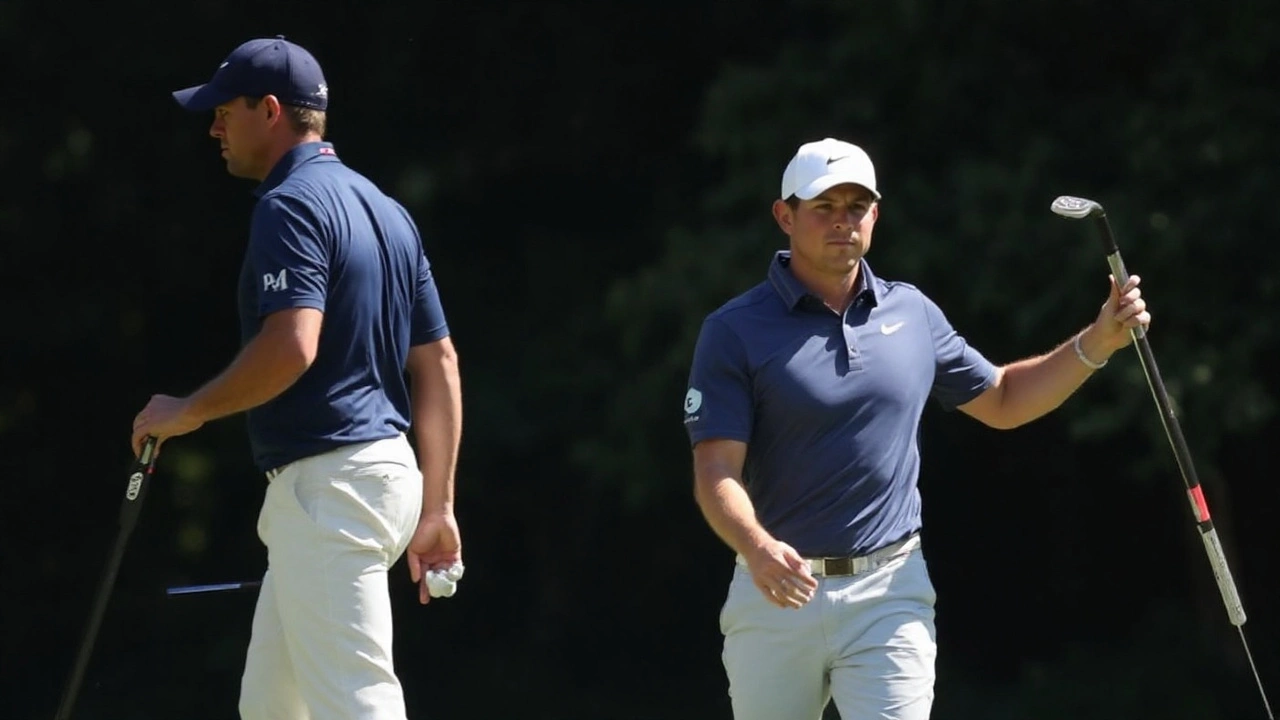Bryson DeChambeau – Physics‑Based Golf and Performance Mastery
When talking about Bryson DeChambeau, a professional golfer famed for treating his swing like a lab experiment. Also known as the “Science Guy” of golf, he blends sports physics, the application of mechanics to improve athletic performance with engineered clubs and data‑driven training. In simple terms, Bryson DeChambeau uses physics to fine‑tune his swing, and that physics shapes the gear he uses.
Key concepts behind DeChambeau’s approach
One of the core ideas is swing mechanics, the study of body movement, hinge points and torque generation during a golf swing. By breaking the swing into measurable phases, DeChambeau can apply sports physics to calculate optimal launch angles and spin rates. This directly influences equipment technology, the design of clubs, shafts and balls using materials science and aerodynamics. The relationship is clear: sports physics informs equipment technology, and advanced equipment lets a golfer test new swing mechanics on the range. The result is longer drives, tighter control, and a data‑rich feedback loop.
DeChambeau’s method relies heavily on performance analytics, the collection and interpretation of launch data, distance metrics and biometric feedback. Modern launch monitors capture every nuance, turning raw numbers into actionable insights. This analytics process requires precise data collection tools, and the insights feed back into both swing mechanics and equipment choices—creating a cycle where each improvement is validated by hard data. Alongside analytics, his training methodology, structured workouts, strength programs and repeatable practice routines emphasizes repeatability and scientific testing, much like a motorsport team fine‑tunes a car on a dyno.
Beyond the golf floor, the same principles appear in other high‑speed arenas. Endurance races such as Le Mans or the Dakar Rally depend on a blend of physics, equipment durability and performance analytics—mirroring what DeChambeau does on the fairway. Safety protocols, driver conditioning, and data‑driven pit strategies all echo his approach to minimizing risk while maximizing speed. For those curious about the broader impact, the articles below dive into swing mechanics, the tech behind modern clubs, how data reshapes athlete training, and even how motorsport engineering influences golf equipment design. Get ready to see how science drives performance across the board.

